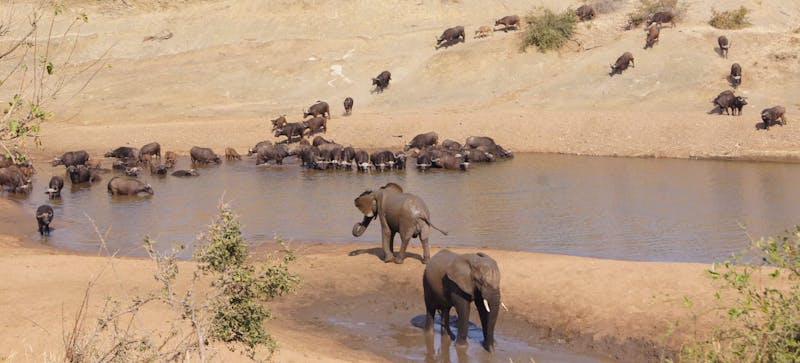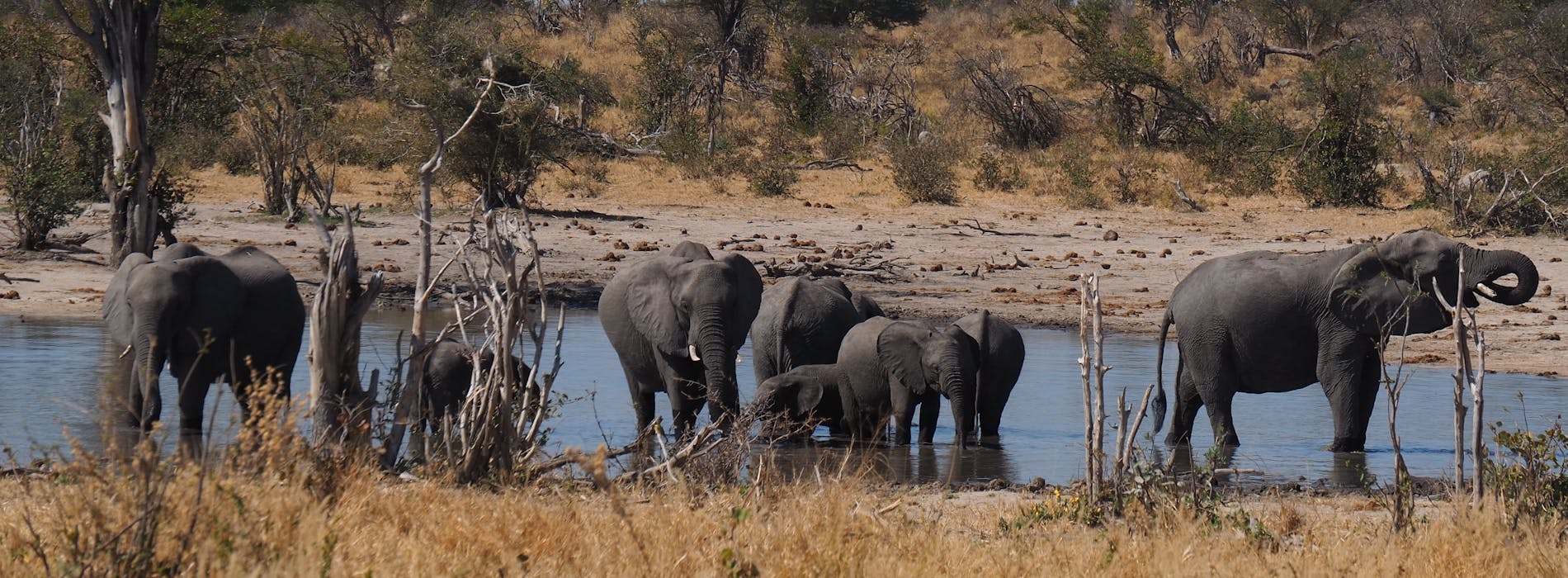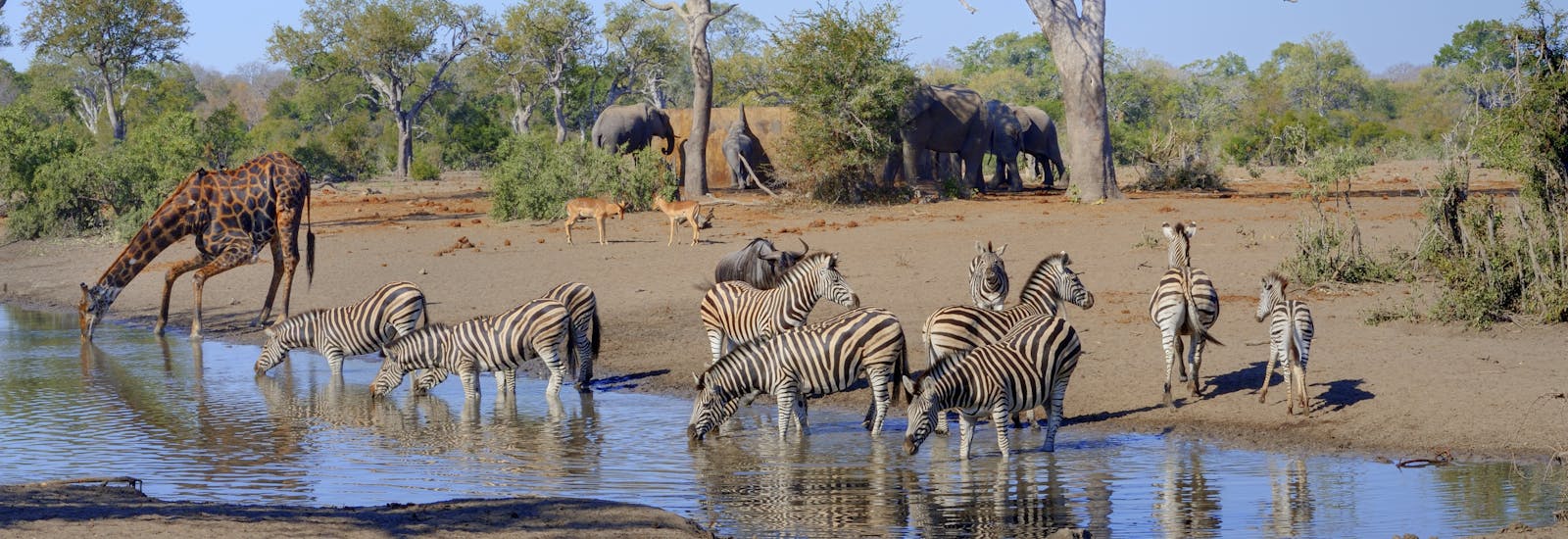
"Endangered Species", what does that actually mean?
Nearly every day we see depressing headlines about animals once thought as common being added to the endangered species list. On a positive note, there are a number of admirable conservation efforts and awareness campaigns aimed at helping these species. But what exactly do they mean by “endangered”? Who decides which species are endangered, and how do they make that decision?
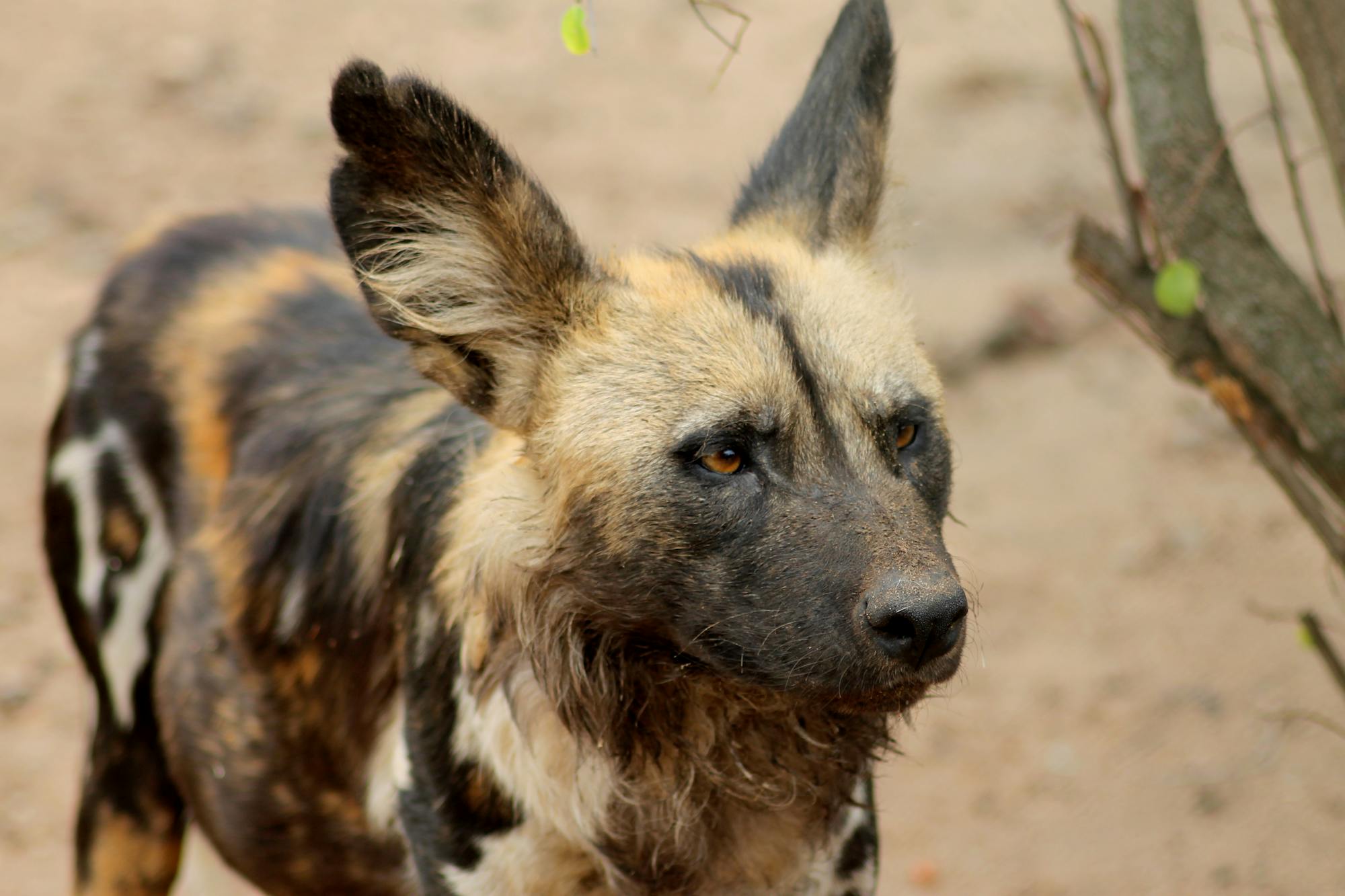
The conservation status of any species may influence the amount of funding available to conserve it, the priority it receives from governments, and the level of public awareness and support it receives. Crucially, conservation statuses help inform decisions about wildlife trade made by the Convention on International Trade in Endangered Species of Wild Fauna and Flora (CITES). Threatened plants and animals are much less likely to be traded internationally than common species.
If you followed developments during the recent CITES Conference of Parties (CoP18), you would have seen the term “endangered species” used frequently in the media. This article about species conservation assessments will help you better understand what this term means, which is an important part of developing your own informed opinions on wildlife conservation topics.
Who says it's Endangered?
Popular articles and campaigns often use the term “endangered” quite loosely – applying to any plant or animal that is in some kind of danger. Furthermore, the Endangered Species Act is a law in the United States of America that was passed in 1973, which allows the US government to declare certain species Endangered or Threatened following their national criteria. In the rest of the world, however, the term Endangered refers to an internationally recognised conservation status that indicates where a species falls on a scale of threat from Least Concern to Extinct.
These specific terms and their definitions come from the International Union for Conservation of Nature (IUCN), a voluntary association of over 10,000 biologists from around the world. In 1964 the IUCN’s Species Survival Commission established the IUCN Red List of Threatened Species. The Red List, as it is commonly known, tells us which plants and animals are in the greatest danger of extinction and whether our actions have improved or exacerbated their situation over time.
Over 100,000 species have been assessed since the List was established, and more are being added all the time. Although this extensive database is funded by a group of Red List partner organisations, the scientists involved in these assessments contribute to it for free. Assessments are made by the foremost experts on each species who rely on the latest scientific data and their own field experience to make their decisions. Besides assigning a species its conservation status, the assessment includes information about where it occurs in the world, what habitats it prefers, the threats it faces and what conservation actions are most needed.
Each expert assessment is then sent to recognised scientific authorities on the species in question (e.g. BirdLife International for birds) that review the assessment and confirm, challenge or reject any part of the initial assessment. Once an assessment passes the review process, the IUCN staff do a few quality control checks and post the final result on the Red List website, which is open to the public. If you want to know more about the conservation status of any species, simply enter its name in the search box.
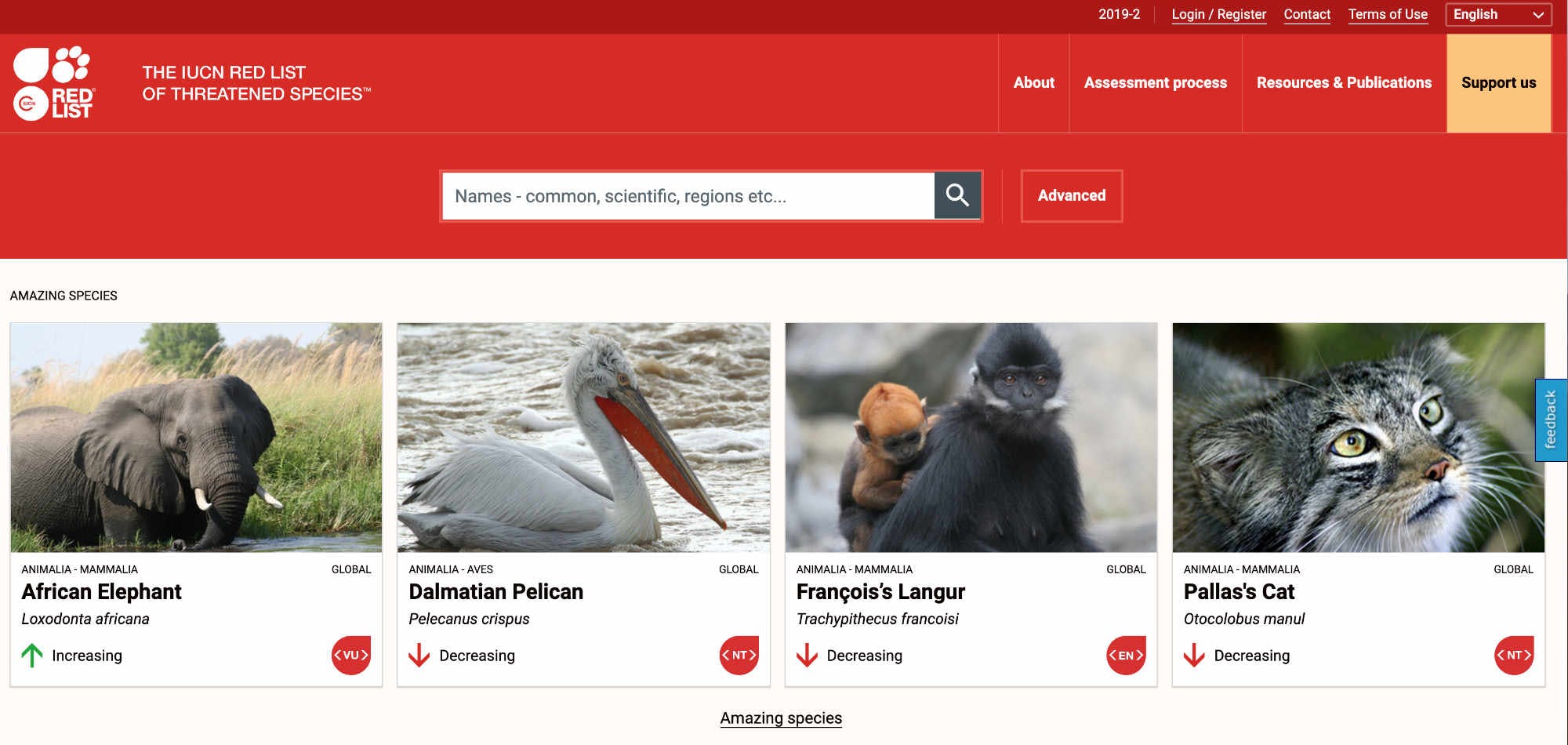
What are the IUCN criteria and categories?
The IUCN criteria
Deciding what makes a species threatened or not requires a set of criteria that can be applied to everything from fungi to large mammals. It is not quite as simple as saying that there are ‘many’ or ‘few’ individuals, although these numbers help inform the decision. We also need to know if their populations have increased or decreased over time, or if the geographical area they cover is smaller or larger than it used to be.
In some cases a species may be at risk of extinction because it occurs only on specific islands or small patches of suitable natural habitat that could easily be destroyed. In a few instances, enough is known about the species in question for scientists to predict how long it will take to go extinct given current trends.
All of these options are included in the criteria for the IUCN conservation assessments. They are further refined to make it easier to objectively decide which category fits a given species. For example, a population decline of over 90% during the last 10 years or three generations (whichever is longer) of the species in question would qualify it as Critically Endangered. Alternatively, any species with fewer than 50 individuals is Critically Endangered. More details about these criteria and how they are applied are provided in the publicly available IUCN guidelines document.
The IUCN Categories
The nine IUCN categories allow governments and conservation organisations to decide which ones need the most attention. These categories include everything from species we know nothing about to those that are already extinct. Species falling in the categories between these extremes need varying degrees of conservation.

Not Evaluated simply means that we know the species exists but no one has assessed it yet. With over a million known species and possibly a trillion species in total on earth, the IUCN has a long way to go to assess them all. Data Deficient means that someone has assessed the species, but found so little information on how many there are, where they occur, and what threats they face that the assessors were unable to categorise them. These species are earmarked as requiring further research.
The term Least Concern may seem rather blasé given the current extinction crisis, but there are many plants and animals that have flourished in spite of (or even because of) human actions. The populations of these species are either stable or increasing over time, and large enough that conservationists do not need to be overly concerned about their long-term survival – hence the Least Concern title.
Vulnerable species face a “high risk”, Endangered species face a “very high risk”, and Critically Endangered species face an “extremely high risk” of extinction in the next 100 years or less. Although threatened with extinction, we could save these species through wise policies and/or concerted conservation efforts. Consequently, most wildlife conservation efforts are directed at species falling into one of these three categories.
Species that are Extinct in the Wild, like the scimitar-horned oryx, exist only in captivity and the only hope left for them is captive breeding and reintroduction into the wild. Sadly, there is no such hope for Extinct species like the bluebuck.
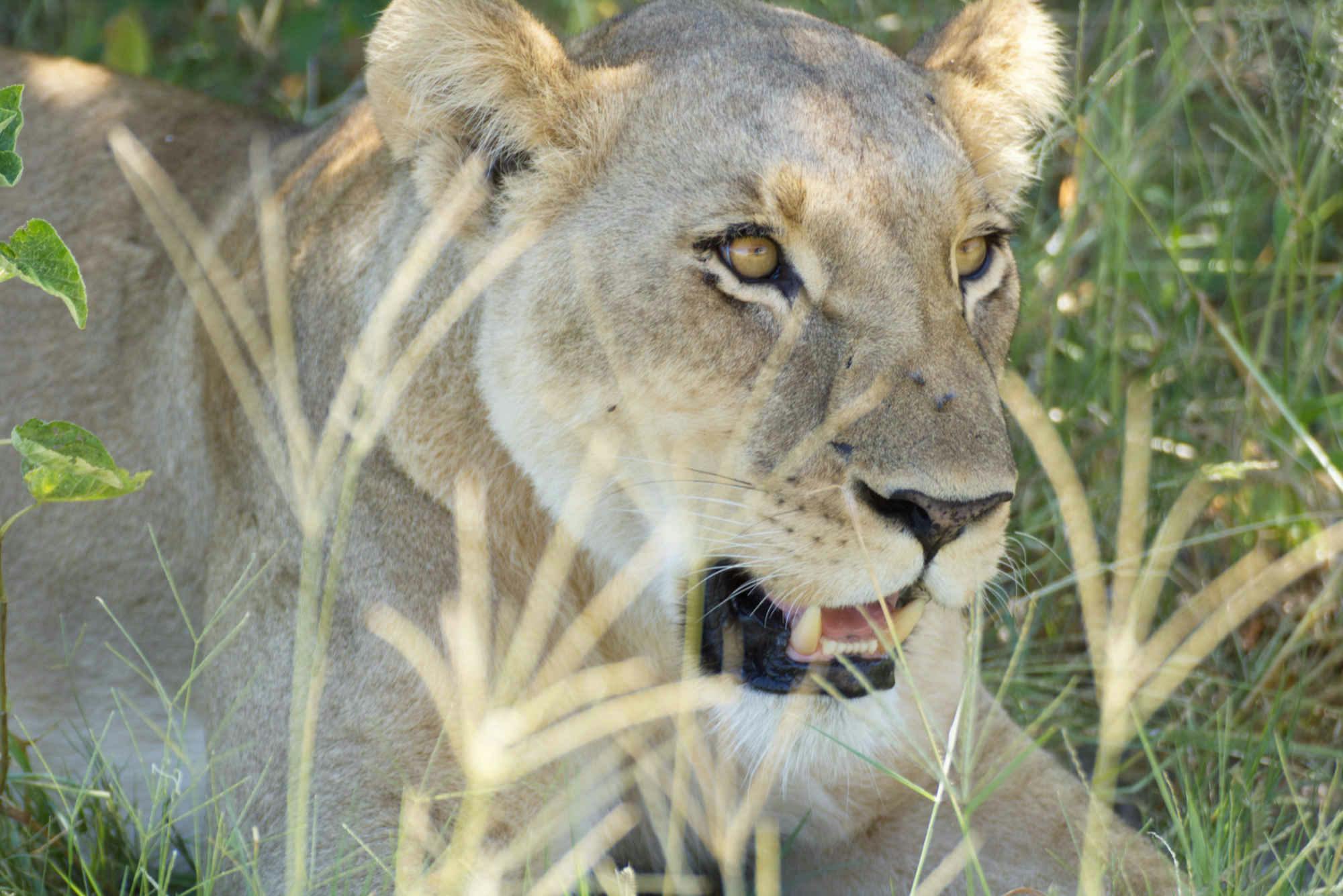
Subspecies and Regional Differences
Now you know the basics, we can consider two major issues that make conservation decisions based on the Red List a bit more complicated. Many species can be divided into subunits called subspecies. Animals from different subspecies may look very similar to each other, but they usually do not interbreed in the wild because they occur in different locations or have adapted to live in different habitats.
Because subspecies occur in different places, they may be exposed to different threats. In these cases, the IUCN may assess the conservation status of each subspecies separately, but still give an overall assessment for the whole species. For example, while the black rhino species is considered Critically Endangered, one subspecies is Vulnerable, two are Critically Endangered, and one is Extinct. Similarly, the several giraffe subspecies fall into almost every category available – from Least Concern to Critically Endangered.
Many single species are widespread enough to occur in different countries, even though they have not split into subspecies. Species that are doing well in one country may be severely threatened in another. For example, lions and elephants meet the IUCN criteria for Least Concern in southern Africa (i.e. South Africa and its neighbours), as their populations are either increasing or stable in this region. However, lions in West Africa would qualify as Critically Endangered, and they are Vulnerable in East Africa. Similarly, elephants are Endangered in Central Africa and Vulnerable in East and West Africa.
Elephant conservation and ivory trade are among the most hotly debated topics among governments and other stakeholders. They are listed as Vulnerable throughout Africa, but their regional status ranges from Critically Endangered in Central Africa to Least Concern in southern Africa.
These differences are a major cause for debate at international conferences such as CITES. Countries in southern Africa often push to relax trade restrictions for elephant ivory and other wildlife products by pointing out that their conservation successes deserve financial rewards. By contrast, countries that are losing these animals call for even tighter trade restrictions, fearing that trade from any region of Africa could further endanger their imperilled wildlife populations. You can read all about the decisions regarding elephants and other species at the latest CITES CoP here.
How you can help threatened species in Africa
Even though conservation status assessments are important, they are just the first step to conserving threatened and endangered species in Africa. Conservation needs on-the-ground action to reduce the threats these animals face and ultimately prevent extinction. For large African mammals, these threats often include habitat loss, human-wildlife conflict, and poaching for the illegal wildlife trade. In response, we need to protect habitats, prevent poaching, and reduce the conflict between people and wildlife.
Critically endangered black rhinos and near-threatened white rhinos are under severe pressure from poaching. Our rhino projects include rhino orphan rehabilitation and managing wild rhino populations in South Africa, the most important stronghold for these species. Similarly, you can help monitor and manage Vulnerable lion and elephant populations to ensure that they don’t slip into the Endangered category.
